

James Wong
2026 Audi SQ5 review: Quick drive
5 Days Ago

News Editor
Jeep’s global boss Christian Meunier says the American brand isn’t selling as well as it could be in Australia, but it’s turning around.
“I think we’re doing much better than we used to. Obviously there’s been semiconductor issues. There’ve been a shortage of Wranglers, the Grand Cherokee was supposed to launch earlier [but] it was delayed, so a lot of logistical issues,” Mr Meunier said.
“I think we’re doing much better than we used to. I think we’ve changed quite a lot of things, I think the dealer engagement is better. The positive thinking is there.
“I think we’re going to sell about 8000 units this year,” he added, noting he has his own projection – which he did not specify – that he thinks the brand can accomplish.
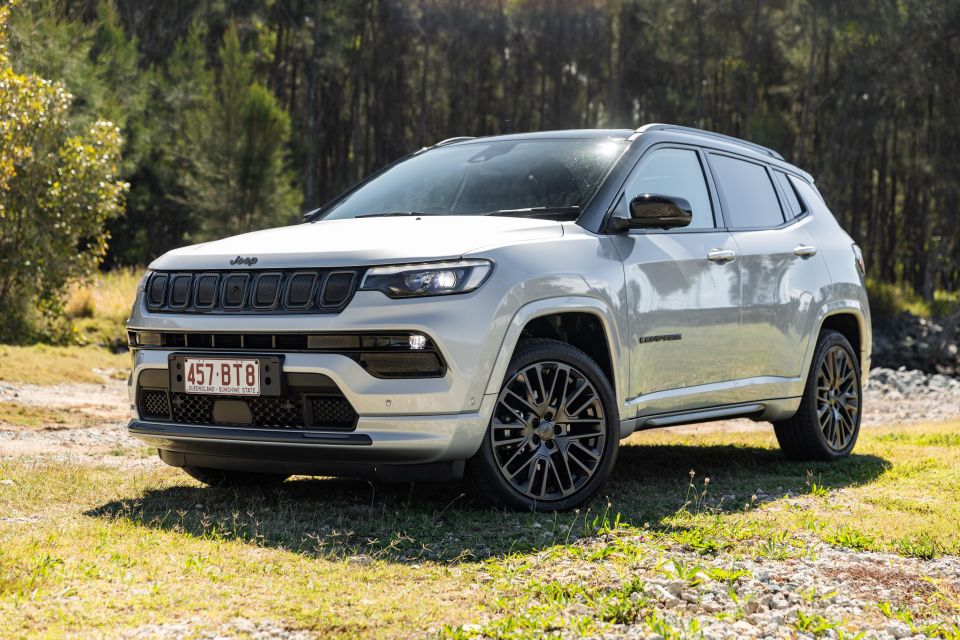
“[8000 units is] not really what I think is a good number for Jeep,” he noted.
Jeep sold 7762 vehicles in Australia last year, up 35 per cent on its 2020 figure but well below its glory days when its Grand Cherokee was neck-and-neck with the Toyota LandCruiser Prado in the sales race.
In 2014, Jeep reached an all-time high in Australia of 30,408 sales and 2.7 per cent market share, but an unfavourable exchange rate and inadequate after-sales care saw those figures drop every year until 2020.
Mr Meunier said the brand is completely behind its Australia arm, and has committed to right-hand drive versions of the upcoming Recon and Wagoneer S electric vehicles.
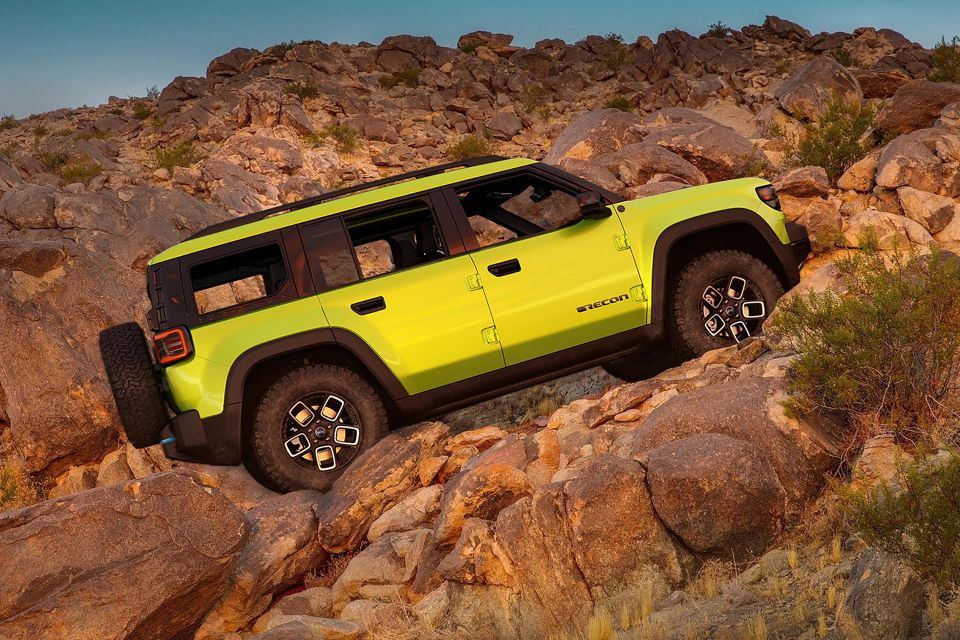
He also confirmed right-hand drive is part of the brand’s wider electrification plans and, when asked if this applied to every model, he replied, “pretty much”.
“The right-hand drive strategy is clear. We’re investing for Japan, Australia, New Zealand, South Africa is becoming now a pretty serious market for us. So we’re getting back in Australia, South Africa,” he said.
“Right-hand drive drive is a key. We can be profitable on right-hand drive. As long as you bring the right product with the right powertrains in the right segments.”
Australia isn’t the only market where Jeep has struggled, with Mr Meunier conceding the UK market has been “a struggle for a while” – something it has moved to rectify by switching Compass sourcing from India, where Australian-market Compasses come from, to Italy.
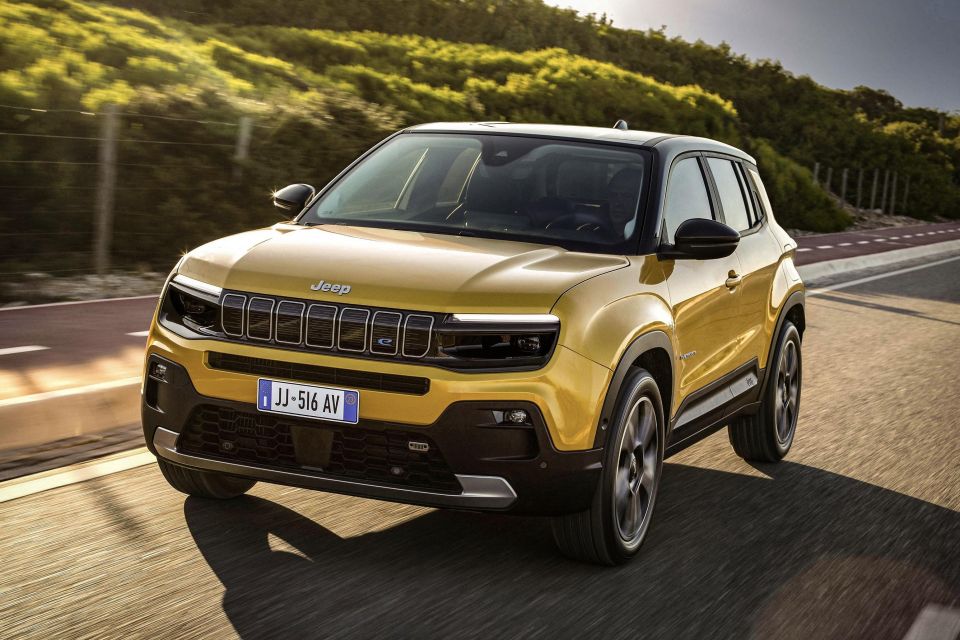
Markets like Japan and the UK will also get the new Avenger EV in right-hand drive, which will become the brand’s smallest model. It hasn’t been locked in for Australia.
“Australia was very much behind two, three years ago about electrification,” said Mr Meunier.
“When I talked to the local team, it was, ‘uh, electrification, not really interesting’. And I kept questioning, questioning, questioning, and look at what happened in the meantime.
“And we see New Zealand is going hundred per cent full speed ahead. And Australia is catching up.”
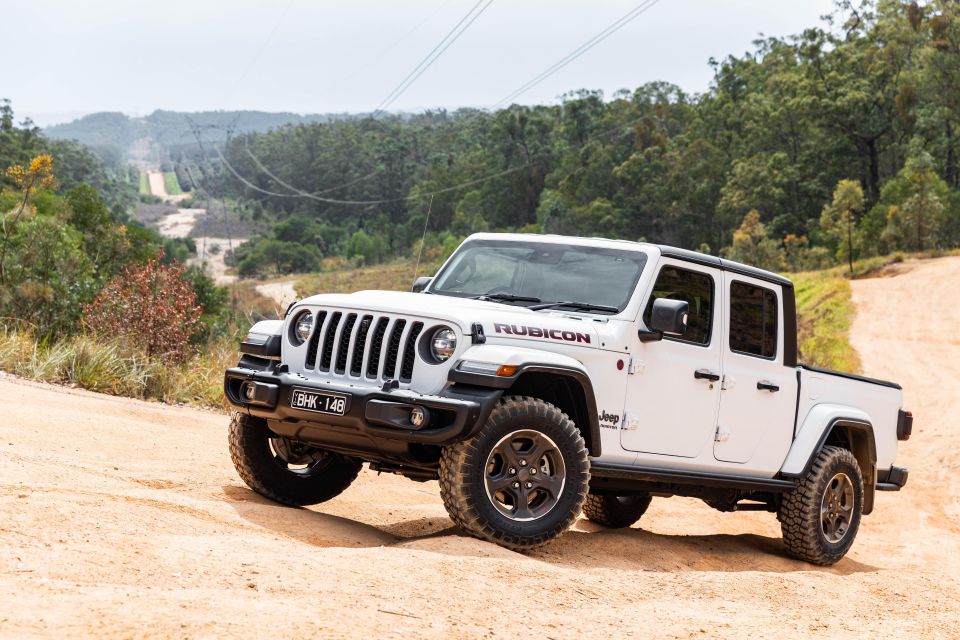
Jeep has cited raw material costs and inflation as the reasons it has dramatically increased prices for models like the Gladiator and Wrangler, with Mr Meunier also noting, “obviously we had some price recovery to make from our margin”.
But Jeep’s boss has also defended the brand’s premium push, which has seen the entry point of the range rise to just a shade under $40,000 – a far cry from the days of cut-price Compasses and Patriots.
“One of the reasons why Australia was really struggling was chasing volume. They were chasing volume and not achieving it,” said Mr Meunier.
“They were pushing the metal. We were not brand focused. Were not making a lot of money. Dealers were not making money and that’s a vicious circle.
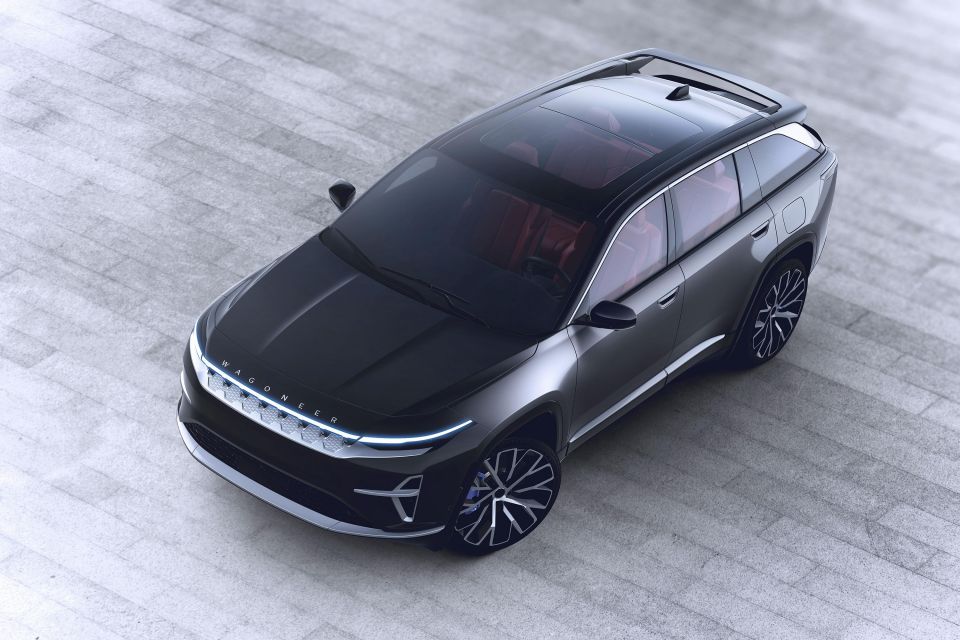
“What we’ve done is we’ve stopped all these entry versions. We’ve made it more premium. We’re not going after the Koreans. We’re not going after the Chinese. We’re not a mobility brand. We sell adventure.”
He said pricing in Australia is “pretty consistent” with pricing in Japan, Europe and North America.
Jeep will introduce a “premium extension” of its brand with the Wagoneer sub-brand, previewed by the Wagoneer S EV that will enter production in 2024.
Mr Meunier likened the delineation between Jeep and Wagoneer as being similar to Land Rover and Range Rover, as Wagoneer-branded models will feature sleeker, more premium styling and will be sold through Jeep dealerships, with the aim of peeling away buyers from other premium brands.

The Jeep boss says its plug-in hybrid 4xe models are already bringing new people to the brand who have never considered Jeep.
For example, Mr Meunier says 60 per cent of Wrangler 4xe buyers are new to the brand, and many buyers have chosen it as a second vehicle in their garages alongside vehicles like Teslas.
The Wrangler 4xe remains off the table for Australia.
“I think many manufacturers have failed miserably with plug-ins. And I’m not going to say who, but you know who they are, they brought a lot of plug-ins, plug-ins were not bringing power. They were not bringing more capability. They were more of a downgrade versus a V8, or a V6, or a diesel,” said Mr Meunier.
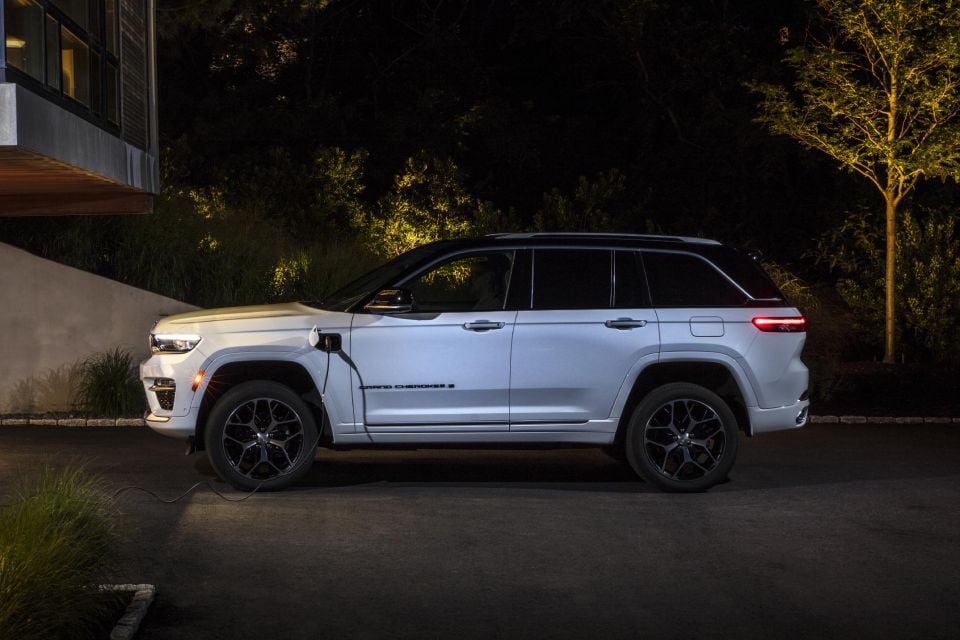
“So these brands, I think have failed because they didn’t convince the customer to buy it, especially at a premium to get a downgrade. We’re bringing a lot more value to the customers with 4xe.”
He concedes as EV range and pricing improve, however, PHEV sales will inevitably decline.
While Jeep has thus far confirmed only one 4xe model for Australia – the Grand Cherokee, due in the first half of 2023 – it offers 4xe versions of the Compass, Renegade and Wrangler in other markets, while it has confirmed an electrified Gladiator is coming.
Where expert car reviews meet expert car buying – CarExpert gives you trusted advice, personalised service and real savings on your next new car.
William Stopford is an automotive journalist based in Brisbane, Australia. William is a Business/Journalism graduate from the Queensland University of Technology who loves to travel, briefly lived in the US, and has a particular interest in the American car industry.


James Wong
5 Days Ago


Max Davies
4 Days Ago


Josh Nevett
2 Days Ago


Max Davies
2 Days Ago
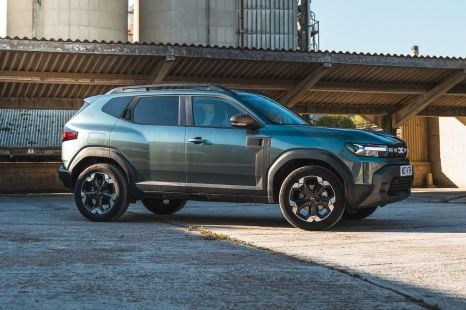

Damion Smy
1 Day Ago
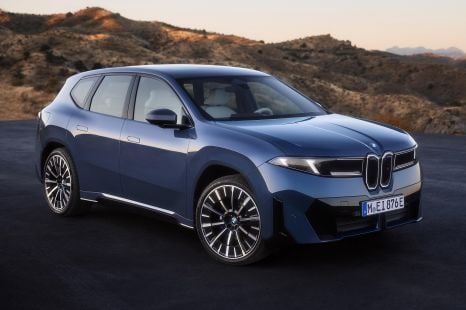

William Stopford
1 Day Ago